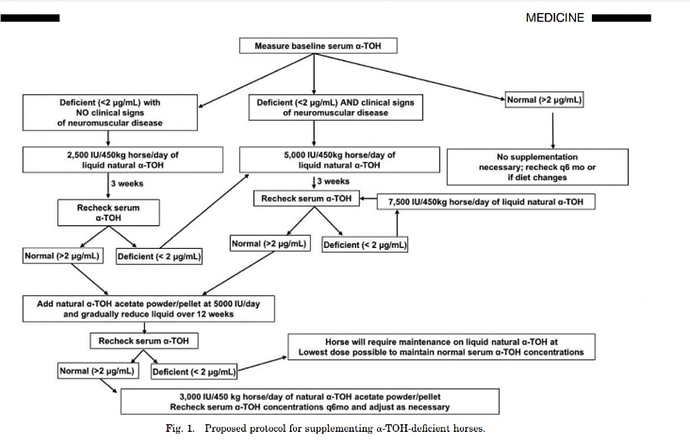Those are high numbers! My vet suggested one month on Protazil, but I treated for two months. He seemed better, but some symptoms returned when treatment ended. I treated for another month with success doing 1/2 dose daily and then my vet said to try one dose per week. That didn’t work, so I’m back to 1/2 dose daily.
EPM causes ulcers, which are often the first indication of EPM. Treating for ulcers is essential. Before I finally got a diagnosis, my vet tried a number of things, including treating for ulcers. I saw a big improvement with ulcer meds.
Don’t be afraid to make suggestions to your trainer’s vet. Not all vets are up on EPM. My regular vet, who is really good, missed it. Only when another vet came out did I get a diagnosis. She saw it right away. Neither knew about the ulcer connection.

 I agree with everything else in your post, but this part
I agree with everything else in your post, but this part